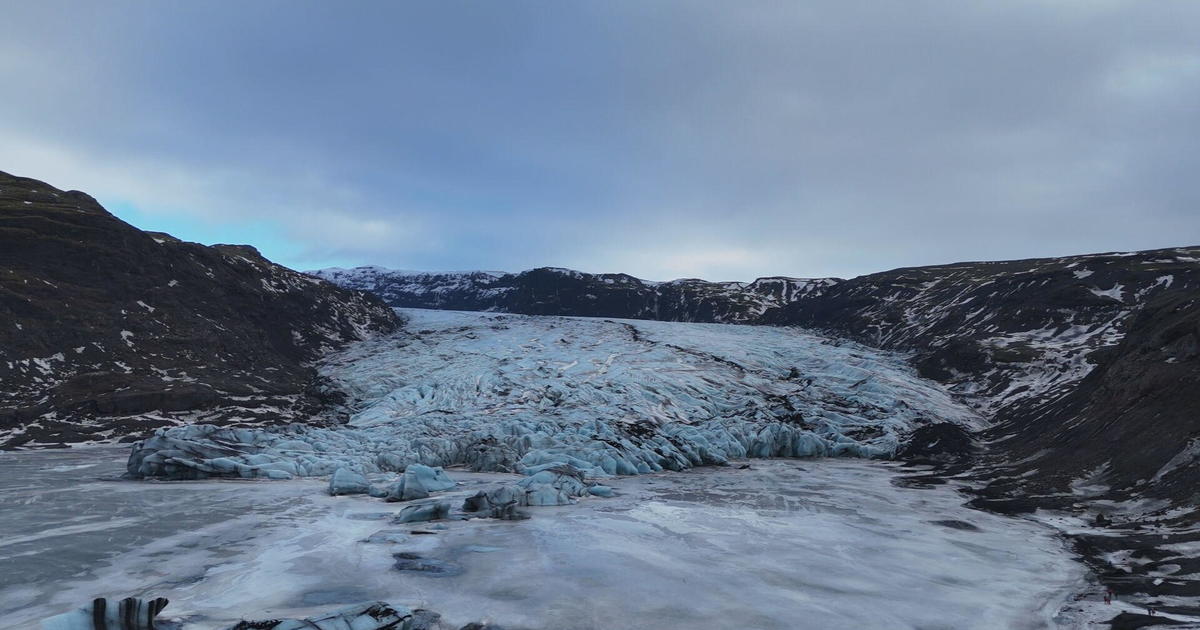NASA mosaic image reveals "unprecedented detail" of moon's south pole region
Thanks to two lunar orbiting cameras working together on the moon's Shackleton Crater, NASA has been able to release a mosaic showing "unprecedented detail" of the region.
Shackleton Crater is in the moon's South Pole region. The area is of interest to scientists because it may have accessible ice deposits in its craters, CBS News previously reported. That ice could be a source of air, water and rocket fuel. India's Chandrayaan-3 lander safely landed in the region in August 2023, and NASA's Artemis program is planning to send astronauts to this area in the next few years.
The mosaic images were captured thanks to the technology on two cameras working in sync. The Lunar Reconnaissance Orbiter Camera can capture detailed images of the moon's surface, NASA said in a news release, but has only "limited ability" to photograph the shadowed areas of the lunar body. These permanently shadowed regions never see sunlight, so the LROC can never take good photos of them.
That's where the ShadowCam comes in. A NASA instrument on board a Korean spacecraft, the ShadowCam is "200-times more light-sensitive than LROC and can operate successfully in these extremely low-light conditions," according to the agency. This reveals features and terrain details that wouldn't otherwise be visible. However, this light sensitivity means it can't capture directly illuminated parts of the moon - those areas are where the LROC works the best.
Combined, the two cameras were able to capture images that were combined "to create a comprehensive visual map of the terrain and geologic features of both the brightest and darkest parts of the Moon."
The images show the moon's permanently shadowed areas in "greater detail than previously possible," allowing scientists to study the area like never before. With this complete map, researchers will be able to conduct more thorough surface exploration endeavors, NASA said, like the Artemis missions intended to search for ice and establish a long-term U.S. presence on the moon.



